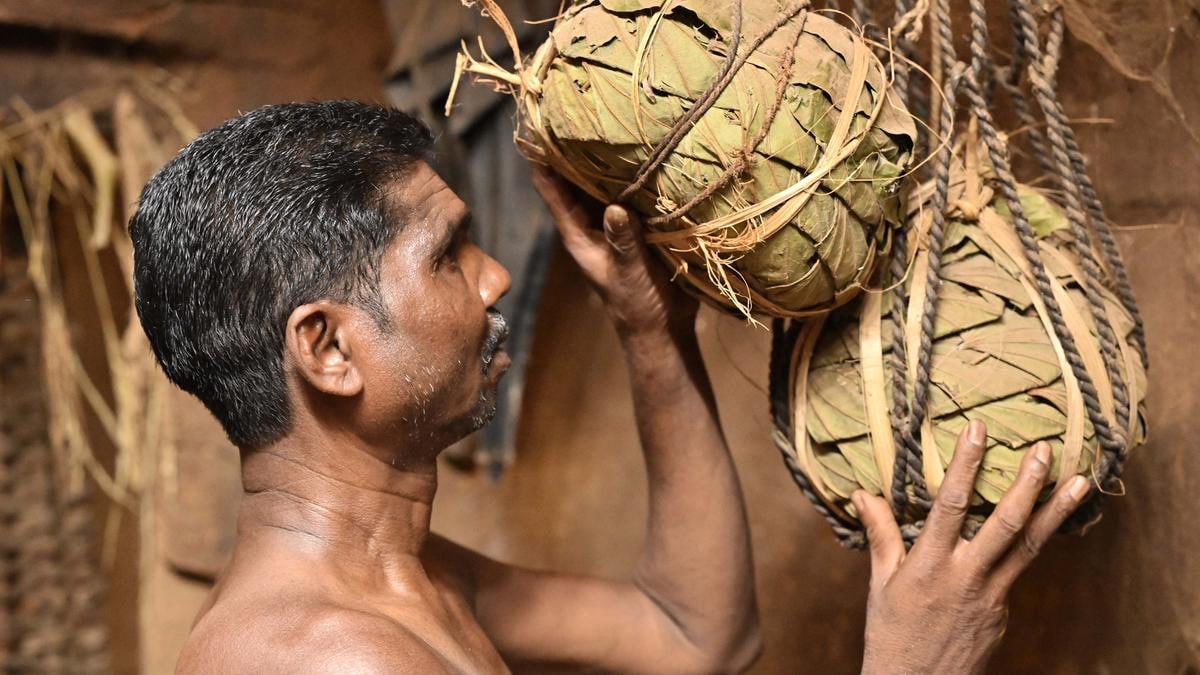Free Courses Sale ends Soon, Get It Now


Free Courses Sale ends Soon, Get It Now



Copyright infringement not intended
Picture Courtesy: https://www.thehindu.com/news/national/andhra-pradesh/muria-tribes-own-eco-friendly-foolproof-seed-preservation-method/article68178897.ece#
Context: The Muria tribe in Godavari Valley preserves seeds using the eco-friendly 'deda' method, handed down by ancestors from Chhattisgarh, ensuring crop sustainability.
Muria Tribes
Deda Method
Conclusion
Source:
|
PRACTICE QUESTION Q. What is the Deda method frequently seen in the news related to? A) Traditional dance forms B) Seed preservation C) Water conservation D) Herbal medicine Answer: B |
© 2024 iasgyan. All right reserved